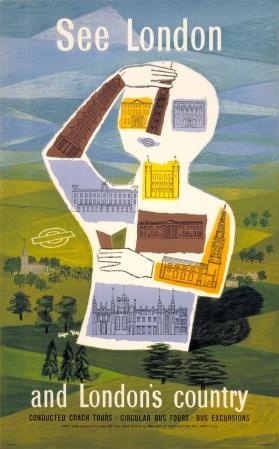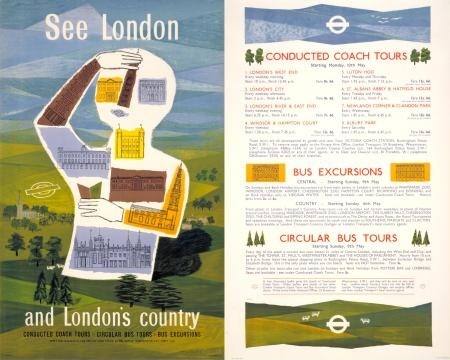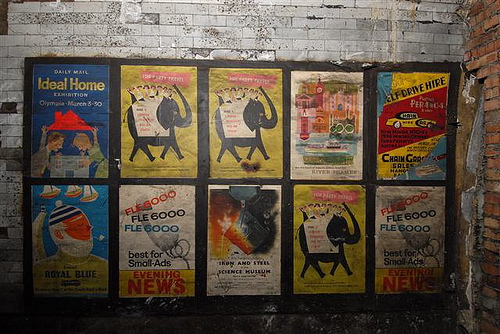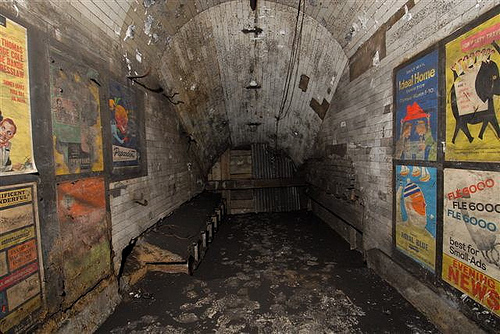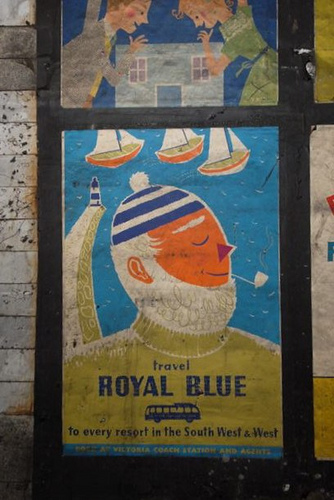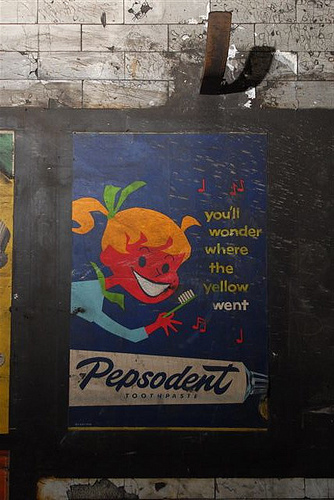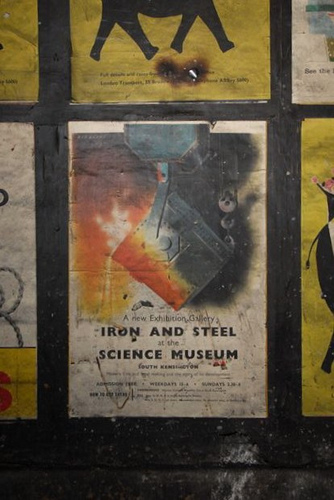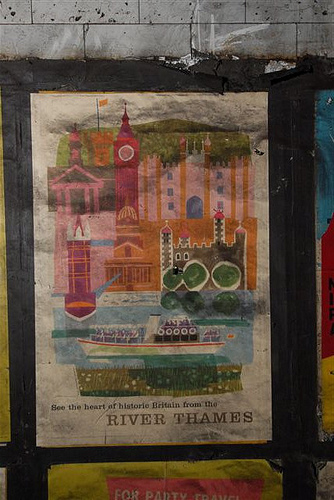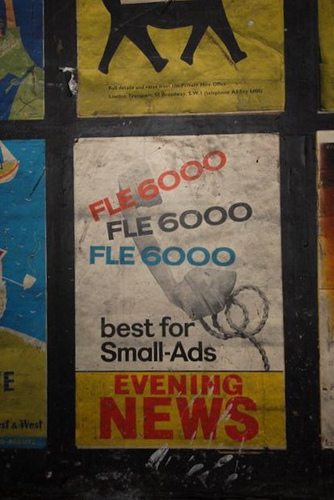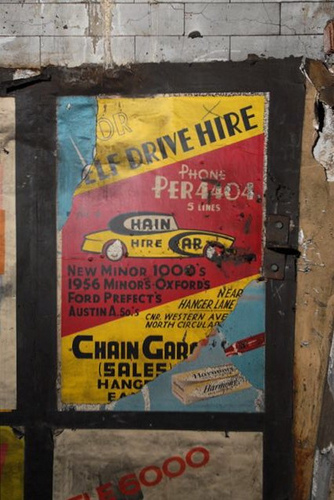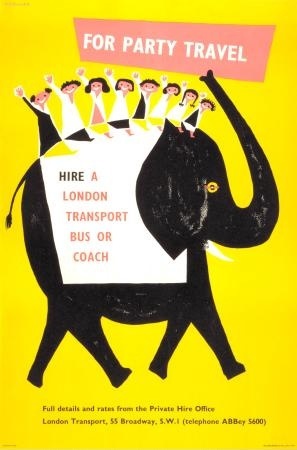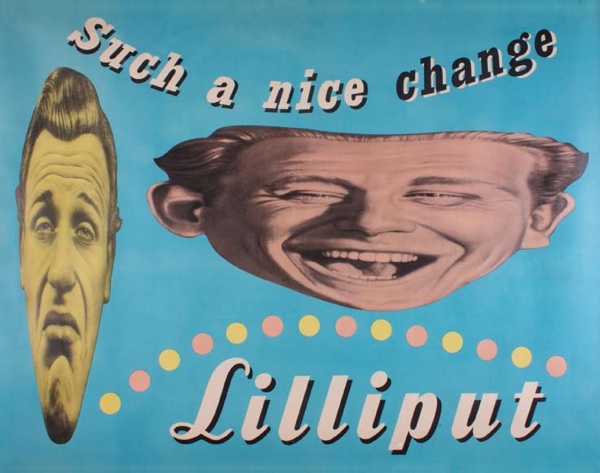Now, I promise, the last word on London Transport reproductions. The discussion has rumbled on in the comments for a bit, but the big guns have now been called in to settle it.
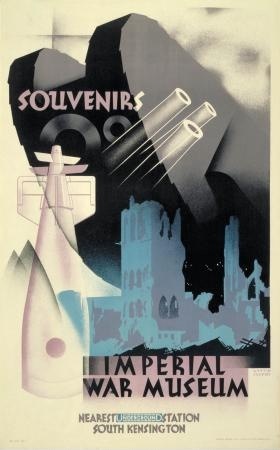
Imperial War Museum, Austin Cooper, 1932
This email is from Oliver Green, former Head Curator and Research Fellow of the London Transport Museum and so, more than anyone, the man who knows.
I think there’s some confusion in this discussion between a reprint and a reproduction, though LT may not always have been consistent about this.
An R in the print number would normally indicate a reprint, not a reproduction, and was carried out by the original printers using the original plates.
A reproduction would be a poster produced from a new photographic copy of one of the original printed copies. London Transport has been doing this since the 1960s, but mainly with posters from the pre-war period. As they were reproduced for sale, not display on the system, they are always smaller than the original standard 40 x 25 in double royal format used on the Underground.
Reprinting did not happen very often, although there have been a few exceptions like the famous Tate Gallery poster by Fine White Line which has gone through numerous editions since it first appeared in 1986.
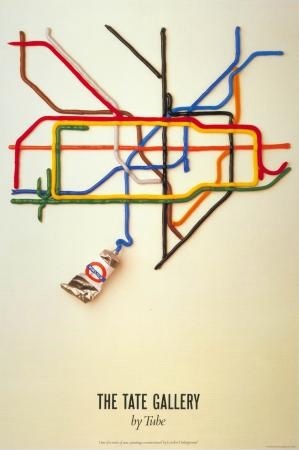
There have also been very few attempts to go back to the original artwork to produce a new lithographic poster. Again there is the famous exception of the Kauffer poster for the Natural History Museum which he designed in 1939 but was never printed because of the outbreak of war.
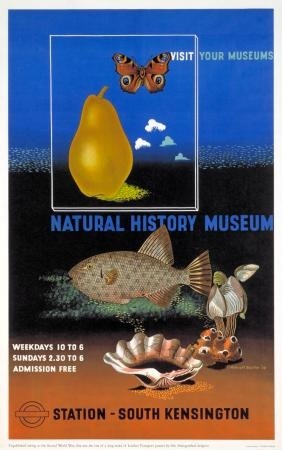
Natural History Museum, McKnight Kauffer, 1939/1974
The artwork was rediscovered by LT in 1974 and reproduced as a poster for the system in 1975. It is a moot point whether this counts as an original or a reproduction since a printed copy did not exist in Kauffer’s day.
Many thanks to Oliver for that, although I think that LT themselves haven’t been exactly contributing to the clarity. They clearly did have a rare outbreak of reprinting in 1971 or thereabouts, producing the posters which stirred up this debate in the first place, but which they then labelled as reproductions in socking great black letters, confusing us all unduly. But now I understand.
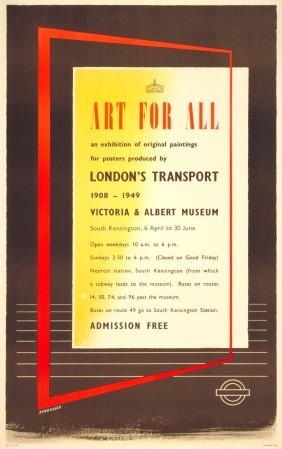
Tom Eckersley, original Art for All exhibition poster, 1949
From all of which, two other things. One is that Oliver Green has contributed an essay to the book which accompanies the Art for All Yale exhibition which I mentioned last week. This, Art for All: British Posters for Transport has now arrived at Crownfolio HQ and I have to say is rather good, both readable and fact-filled. Perhaps the highlight for me (and probably almost no one else) is that they have reproduced this advertisement, from Modern Publicity.
has now arrived at Crownfolio HQ and I have to say is rather good, both readable and fact-filled. Perhaps the highlight for me (and probably almost no one else) is that they have reproduced this advertisement, from Modern Publicity.
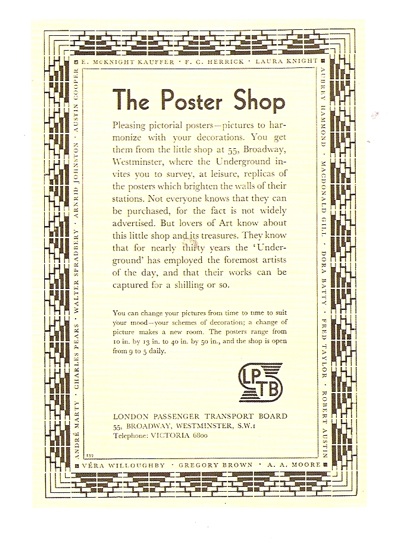
I once saw a poster of this for sale on eBay and didn’t buy it, which I’ve regretted ever since, as it answers one of my ever-present questions, which is why do more London Transport and railway posters still exist these days? Clearly, the answer is because they were selling them as well as pasting them on the walls of the tube. Pleasingly, the book tells me all about this – and how the railway companies held exhibitions of their posters as well. Plus I have learnt lots about lithography, which can only be a good thing.
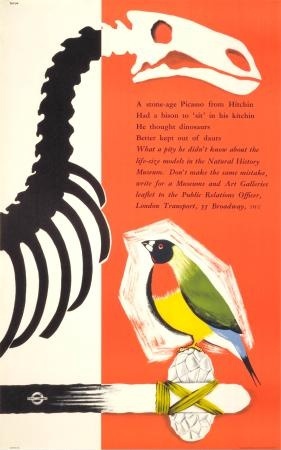
Natural History Museum, Edwin Tatum, 1956. In Yale collection
There’s lots more to like in the book too – including a complete catalogue of Yale’s poster holdings, which are much more modern than I expected, and which means that Mr Crownfolio and I own more than ten posters which are also in the Yale Center for British Art. Whereas I don’t suppose anyone can say that about their Constables, so hurrah for the world-wide democracy of posters.
But also, in searching out the McKnight Kauffer that Oliver Green referred to, I discovered a whole wealth of museum posters in the LT archives, including some really wonderful ones which I’d never seen before.
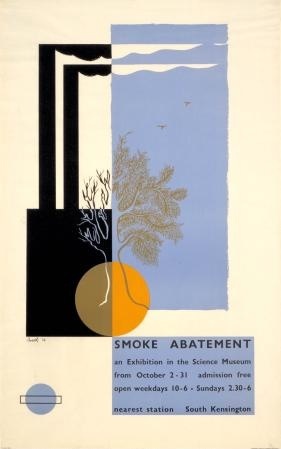
Smoke Abatement Exhibition, Beath 1936
And then also one or two that I did.
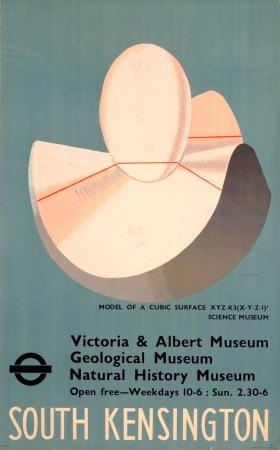
Edward Wadsworth, South Kensington Museums, 1936
The very first time I wandered in to the old Rennie’s shop off Lamb’s Conduit Street, this Edward Wadsworth poster for the South Kensington Museums was on the wall. I’d come in there quite by accident, wandering past, not even knowing that it was possible to buy old posters, but I fell in love with it. I’d like to say that this was entirely because I recognised it as a great piece of design, but the fact that I’d worked in the South Ken museumopolis, and that the blue was a perfect match for my sitting room wall colour also had quite a lot to do with it.
But it cost hundreds of pounds. I can’t remember exactly how many, but enough to seem like an awful lot then, So I spent several weeks in a state of indecision, coming back to visit it a couple of times. And then, finally, I didn’t buy it.
Which was, of course, a terrible mistake. Never mind the value and the fact that I couldn’t even think about affording it now, it’s a beautiful poster, and would have looked wonderful on my walls for all of these years in between.
Here, just to rub salt into the wounds, is its companion.
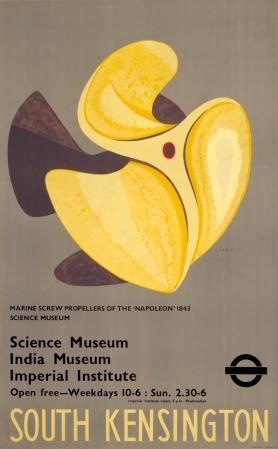
Edward Wadsworth, South Kensington Museums, 1936
Sigh.
